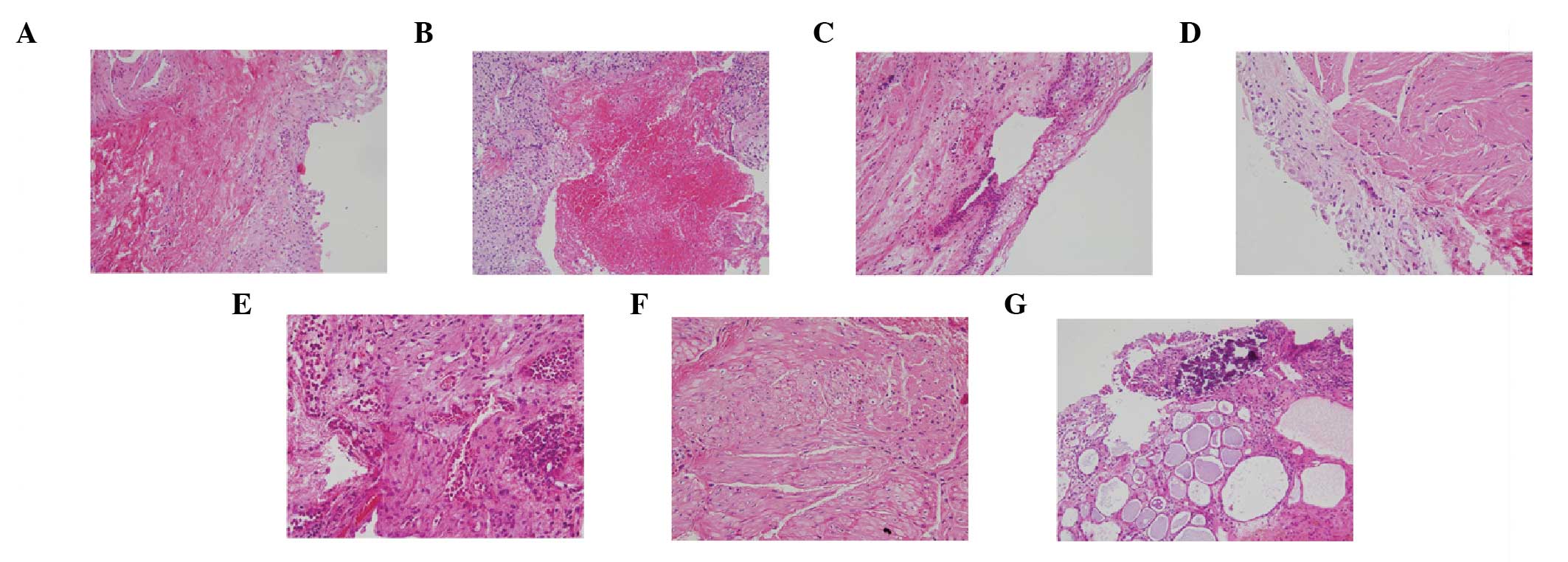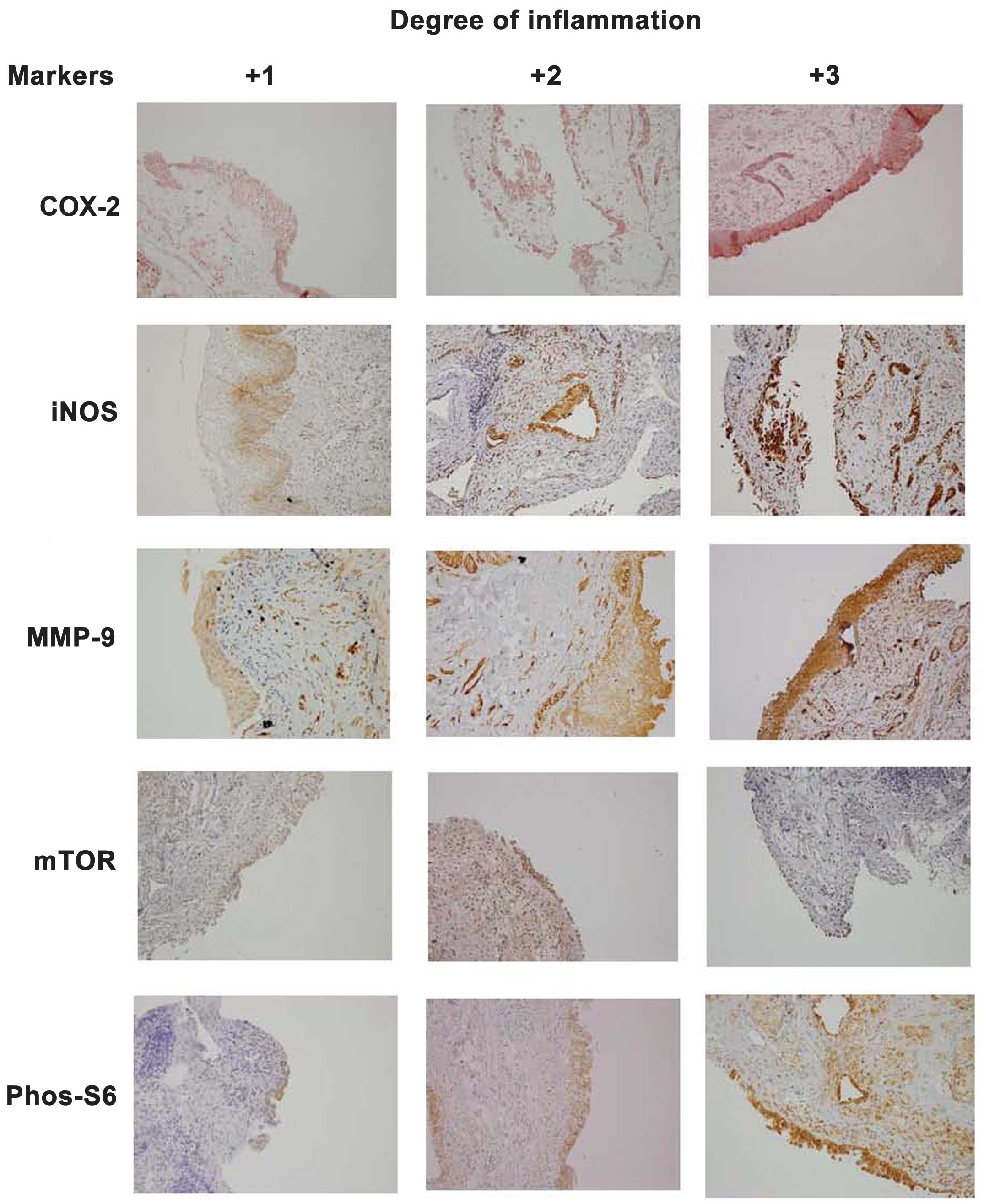|
1
|
Domino EF, Chodoff P and Corssen G:
Pharmacologic effects of CI-581, a new dissociative anesthetic, in
man. Clin Pharmacol Ther. 6:279–291. 1965.PubMed/NCBI
|
|
2
|
Sehdev RS, Symmons DA and Kindl K:
Ketamine for rapid sequence induction in patients with head injury
in the emergency department. Emerg Med Australas. 18:37–44. 2006.
View Article : Google Scholar : PubMed/NCBI
|
|
3
|
Craven R: Ketamine. Anaesthesia. 62:48–53.
2007. View Article : Google Scholar : PubMed/NCBI
|
|
4
|
Bhutta AT: Ketamine: a controversial drug
for neonates. Semin Perinatol. 31:303–308. 2007. View Article : Google Scholar : PubMed/NCBI
|
|
5
|
Corssen G and Domino EF: Dissociative
anesthesia: further pharmacologic studies and first clinical
experience with the phencyclidine derivative CI-581. Anesth Analg.
45:29–40. 1966. View Article : Google Scholar : PubMed/NCBI
|
|
6
|
Lankenau SE and Sanders B: Patterns of
ketamine use among young injection drug users. J Psychoactive
Drugs. 39:21–29. 2007. View Article : Google Scholar : PubMed/NCBI
|
|
7
|
Chen CH, Lee MH, Chen YC and Lin MF:
Ketamine-snorting associated cystitis. J Formos Med Assoc.
110:787–791. 2011. View Article : Google Scholar
|
|
8
|
Chen R, Lee AM and Chan R: A study on the
cognitive impairment and other harmful effects from ecstasy and
ketamine abuse. Hong Kong Chinese 2004. Narcotics Division,
Security Bureau. The Government of the Hong Kong Special
Administrative Region; 2004, http://www.nd.gov.hk/pdf/Study%20on%20the%20Cognitive%20Impairment%20and%20Other%20Harmful%20Effects%20Caused%20by%20Ketamine%20Abuse.pdf.
|
|
9
|
Chu PS, Kwok SC, Lam KM, et al: ‘Street
ketamine’-associated bladder dysfunction: a report of ten cases.
Hong Kong Med J. 13:311–313. 2007.PubMed/NCBI
|
|
10
|
Shahani R, Streutker C, Dickson B and
Stewart RJ: Ketamine-associated ulcerative cystitis: a new clinical
entity. Urology. 69:810–812. 2007. View Article : Google Scholar : PubMed/NCBI
|
|
11
|
Wei YB, Yang JR, Yin Z, Guo Q, Liang BL
and Zhou KQ: Genitourinary toxicity of ketamine. Hong Kong Med J.
19:341–348. 2013.PubMed/NCBI
|
|
12
|
Chu PS, Ma WK, Wong SC, et al: The
destruction of the lower urinary tract by ketamine abuse: a new
syndrome? BJU Int. 102:1616–1622. 2008. View Article : Google Scholar : PubMed/NCBI
|
|
13
|
Chuang SM, Liu KM, Li YL, et al: Dual
involvements of cyclooxygenase and nitric oxide synthase
expressions in ketamine-induced ulcerative cystitis in rat bladder.
Neurourol Urodyn. 32:1137–1143. 2013. View Article : Google Scholar : PubMed/NCBI
|
|
14
|
Mohammed MA, Seleim MF, Abdalla MS,
Sharada HM and Abdel Wahab AH: Urinary high molecular weight matrix
metalloproteinases as non-invasive biomarker for detection of
bladder cancer. BMC Urol. 13:252013. View Article : Google Scholar : PubMed/NCBI
|
|
15
|
Schultz L, Chaux A, Albadine R, et al:
Immunoexpression status and prognostic value of mTOR and
hypoxia-induced pathway members in primary and metastatic clear
cell renal cell carcinomas. Am J Surg Pathol. 35:1549–1556. 2011.
View Article : Google Scholar : PubMed/NCBI
|
|
16
|
Hansel DE, Platt E, Orloff M, et al:
Mammalian target of rapamycin (mTOR) regulates cellular
proliferation and tumor growth in urothelial carcinoma. Am J
Pathol. 176:3062–3072. 2010. View Article : Google Scholar : PubMed/NCBI
|
|
17
|
Makhlin I, Zhang J, Long CJ, et al: The
mTOR pathway affects proliferation and chemosensitivity of
urothelial carcinoma cells and is upregulated in a subset of human
bladder cancers. BJU Int. 108:E84–E90. 2011. View Article : Google Scholar :
|
|
18
|
Sappayatosok K, Maneerat Y, Swasdison S,
et al: Expression of pro-inflammatory protein, iNOS, VEGF and COX-2
in oral squamous cell carcinoma (OSCC), relationship with
angiogenesis and their clinico-pathological correlation. Med Oral
Patol Oral Cir Bucal. 14:E319–E324. 2009.PubMed/NCBI
|
|
19
|
Hu VY, Malley S, Dattilio A, Folsom JB,
Zvara P and Vizzard MA: COX-2 and prostanoids expression in
micturition pathways after cyclophosphamide-induced cystitis in the
rat. Am J Physiol Regul Integr Comp Physiol. 284:R574–R585.
2003.
|
|
20
|
Xu X, Cubeddu LX and Malave A: Expression
of inducible nitric oxide synthase in primary culture of rate
bladder smooth muscle cells by plasma from cyclophosphamide-treated
rats. Eur J Pharmacol. 416:1–9. 2001. View Article : Google Scholar : PubMed/NCBI
|
|
21
|
Chakrabarti S and Patel KD: Matrix
metalloproteinase-2 (MMP-2) and MMP-9 in pulmonary pathology. Exp
Lung Res. 31:599–621. 2005. View Article : Google Scholar : PubMed/NCBI
|
|
22
|
Chaux A, Compérat E, Varinot J, et al:
High levels of phosphatase and tensin homolog expression are
associated with tumor progression, tumor recurrence, and systemic
metastases in pT1 urothelial carcinoma of the bladder: a tissue
microarray study of 156 patients treated by transurethral
resection. Urology. 81:116–122. 2013. View Article : Google Scholar : PubMed/NCBI
|
|
23
|
Oxley JD, Cottrell AM, Adams S and Gillatt
D: Ketamine cystitis as a mimic of carcinoma in situ.
Histopathology. 55:705–708. 2009. View Article : Google Scholar : PubMed/NCBI
|











